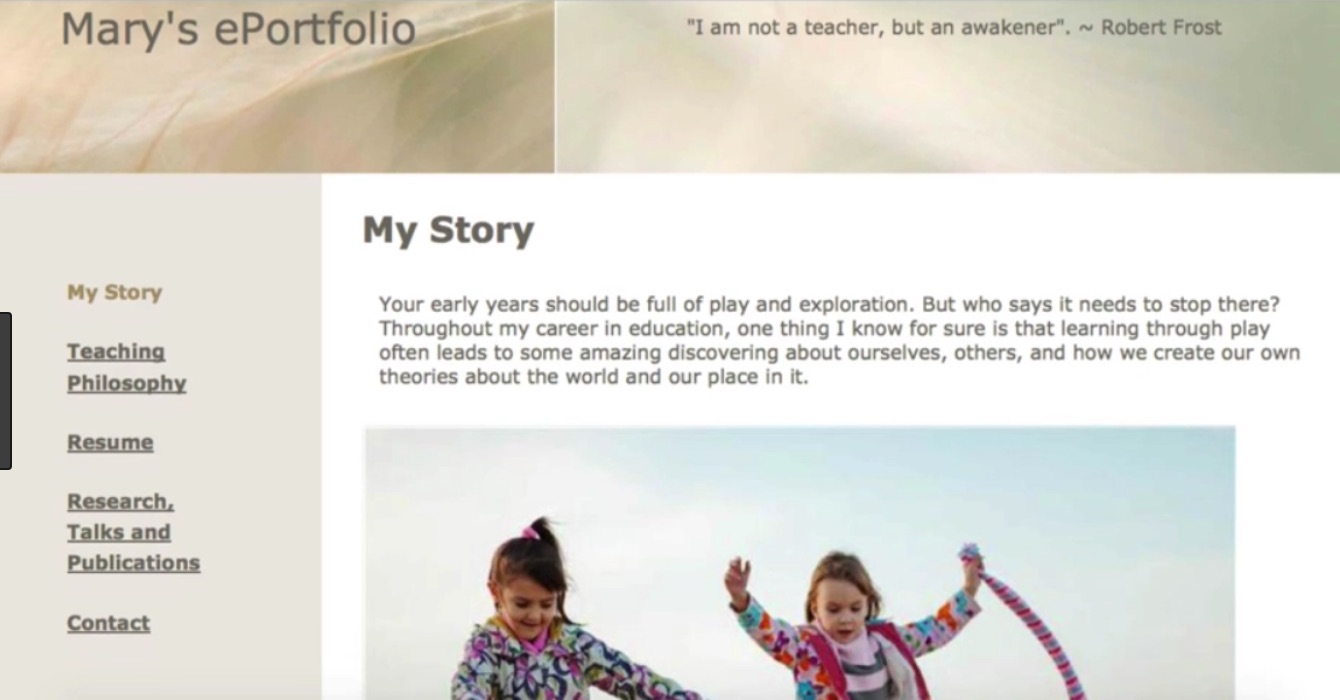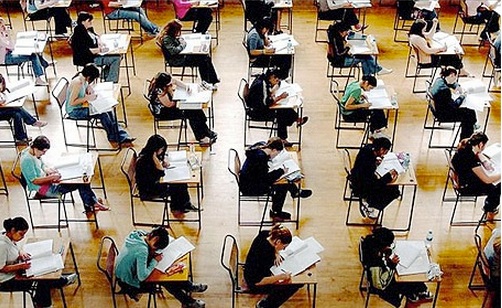
This is the fourth of 10 Lessons from a Post-Pandemic World. For the other nine, click here.
“…a reassessment of assessment itself is long overdue in post-secondary education.”
The need to avoid attending campus for exams during COVID-19 forced a re-examination of our methods of assessment. In fact, a re-assessment of assessment itself is long overdue in postsecondary education.
The main initial focus during COVID-19 was on invigilation.
How can you be sure the person taking the exam is actually the student enrolled? There are various technological answers to this question, such as cameras and “fingerprints” derived from tracking keyboards or digital thumb recognition.
However, these do not deal with the real issue: Are we using the most appropriate design of assessment for today’s students? What needs to be challenged is whether having students do a paper-and-pencil test for up to three hours is an appropriate way to assess learning in the 21st century.

Assessing level of skill
Such paper-and-pencil tests can work well for measuring comprehension and understanding at a particular time, but the focus now should be on assessing not just a particular skill, such as critical thinking, but the level of skill and its development over the period of a course or program.
This is a far better way to determine the potential of a student.
A set exam at a set time merely measures that student at the time of the exam. We all know the experience of cramming for an exam, and forgetting almost everything six months later. But if an intellectual skill was taught well, that stays with you, and indeed continues to develop, well after a formal period of study.
Trackable traces
We can learn a lot about assessment from past experience of online learning programs. Online learning lends itself to continuous or formative assessment rather than terminal or summative assessment because a well-designed online course leaves trackable traces of what students are learning and doing (I am referring to asynchronous courses using an LMS).
You can actually track individual students’ day-by-day progress as they work through the course. This became an increasing focus of conversations about assessment as the Fall 2020 term approached and it was clear online would remain the dominant form of teaching for colleges and universities.
Discussion forums
Students’ contributions to discussion forums can be reviewed. Students can be given a course e-portfolio, where they can record their notes or reviews of reading, and track their contributions to assignments.
These can be both private (for their own use) or for assessment purposes, in which case they are reviewable by the instructor. Students can be given group project work, and using the discussion forum space in a learning management system, individual students’ contributions to the project can be assessed.
This is a particularly useful way to track and assess students’ development of intellectual skills, such as textual communication, critical thinking or independent learning. Even with a return to on-campus classes, student work can still be done online and tracked. This also spreads out the assessment process, avoiding the intense marking of many papers over a few days.
For these reasons, a re-assessment of assessment may be one of the more fruitful outcomes of the move to online learning due to COVID-19.
For Lesson 5, click here: COVID-19 resulted in innovative teaching, but will it stick?









 Dr. Tony Bates is the author of eleven books in the field of online learning and distance education. He has provided consulting services specializing in training in the planning and management of online learning and distance education, working with over 40 organizations in 25 countries. Tony is a Research Associate with Contact North | Contact Nord, Ontario’s Distance Education & Training Network.
Dr. Tony Bates is the author of eleven books in the field of online learning and distance education. He has provided consulting services specializing in training in the planning and management of online learning and distance education, working with over 40 organizations in 25 countries. Tony is a Research Associate with Contact North | Contact Nord, Ontario’s Distance Education & Training Network.

